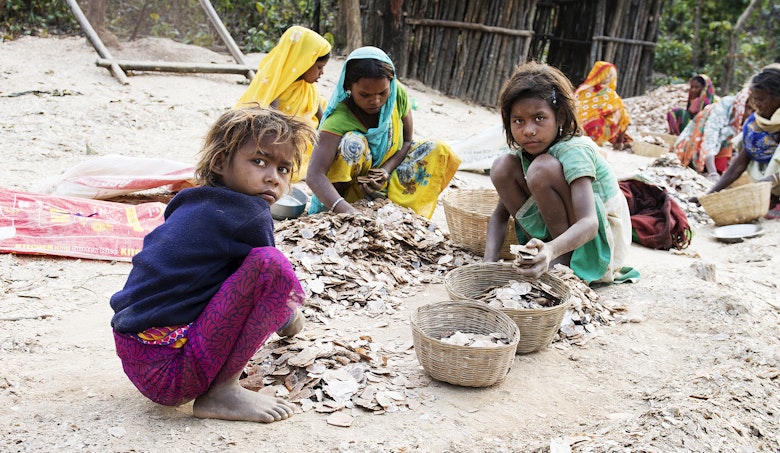Global Mica mining and the impact on children's rights
Children are suffering in the depths of illegal mica mines in India. Research in 2016 uncovered the death of seven children in a period of just two months. Abrasions, broken bones and lung disease are part of the daily existence of child mica miners.
The first mica investigations of SOMO and Terre des Hommes in 2015 estimated that up to 22,000 children were involved in mica mining in the Indian states of Jharkhand and Bihar. This was a clear indication that industries and companies using mica sourced from India are directly contributing to the worst forms of child labour.
Many companies source their mica from India, due to the vast amount of high-quality mica available in the country. However, India it is not the only country where mica is mined, nor the only one where children work in mica mines. Mica is used to make products like cosmetics and paints shimmer. But its other extraordinary qualities – including perfect cleavage, flexibility, elasticity, chemical inertness, infusibility, low thermal and electrical conductivity, and high dielectric strength –explain the wide use of the mineral across many sectors. Mica is particularly essential for the electronics industry.
In the context of the Responsible Mica Initiative and dialogues between Terre des Hommes and companies across diverse industries, questions were raised about the risks of child labour and other human rights violations in mica extraction. These questions referred to states beyond Jharkhand and Bihar in India, but also to mica mining outside the country. The outcome was this global scoping study on mica mining and the possible impacts on children’s rights, which aims to address these queries.
Research objectives
The main objectives of this study are to map mica production globally, and to identify direct or indirect links to child labour or any other relevant children’s rights violations. The study looks at both supply and demand in the global mica market. Since demand drives production, the research identifies the industries – including the electronics and automotive sectors – that are the most significant users of mica.
The report also tries to examine the status of risk-based due diligence process-es for mica among different industries. Labour condi-tions, as well as production, export and import statistics around mica mining in the fifteen largest non-western and five largest western mica-producing countries are investigated.

